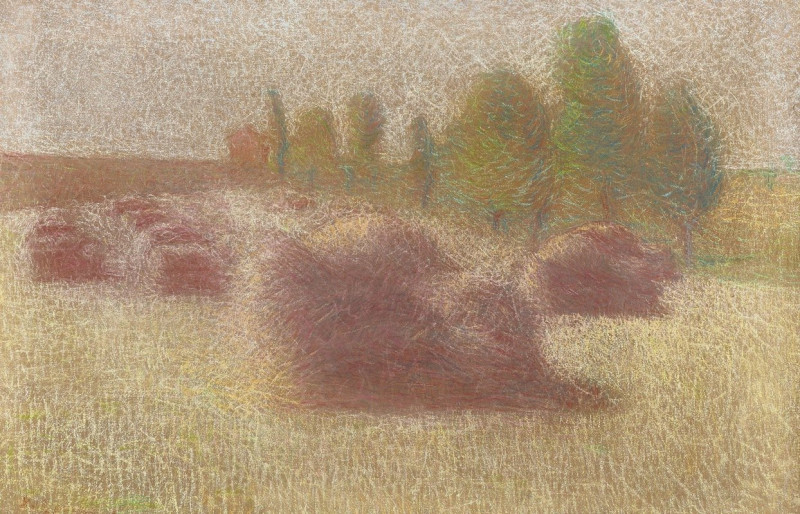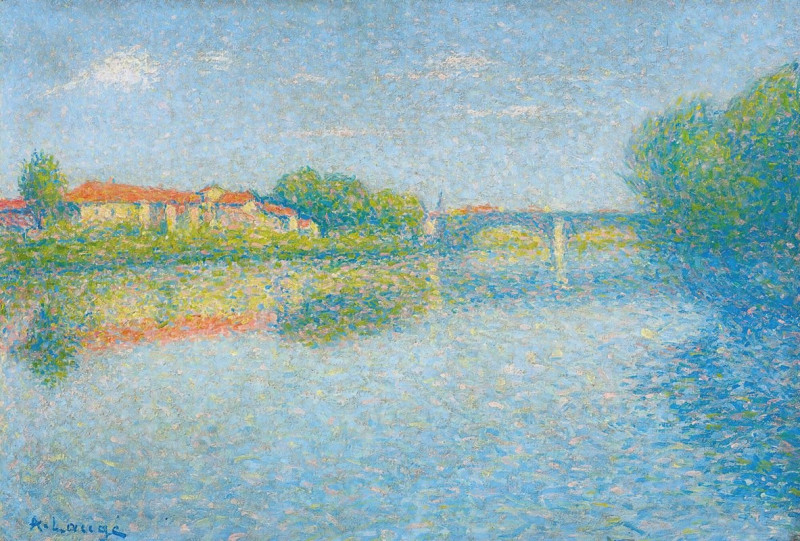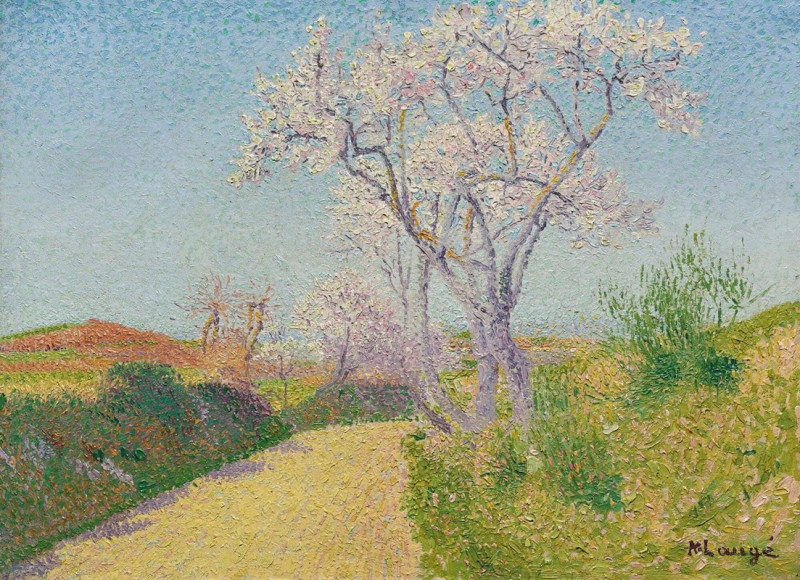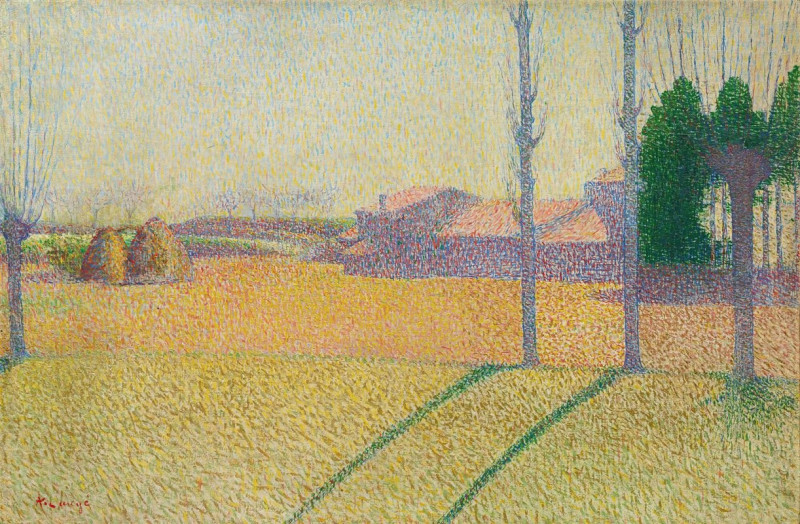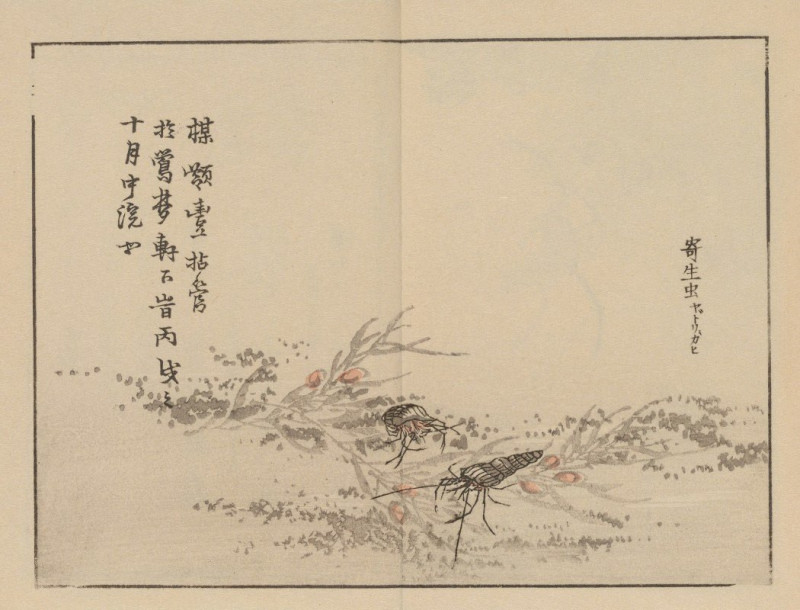L’Arbre En Fleur (1893)
More about this artwork
Delivery
Reproductions are made to order and take 5 to 7 working days.
We send them out by courier and delivery takes another two working days.
If you need a reproduction sooner, please contact us - we can usually find a solution and produce it a little faster.
If you don't want to pay for postage, you can pick up your paintings at our galleries in Kaunas or Vilnius.
Returns
Yes, reproductions can be returned.
If you have any doubts more than 30 days after the date of purchase, please contact us - we will take the reproduction back for a refund or offer you a replacement!
We accept a maximum of two returns per customer - please note that we make reproductions to order, so please choose responsibly.
We do not refund shipping expenses.
The painter Achille Laugé (1861-1944) was born in Arzens, France. After studying at the famous art academies of the time, the artist followed his own unique path in the Neo-Impressionist movement, always remaining deeply attached to his native region of Occitania. Laugé never followed the methods and advice of his teachers, and his work was considered radical for his time.


